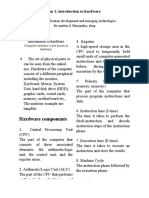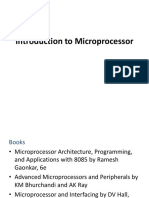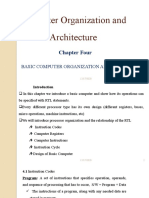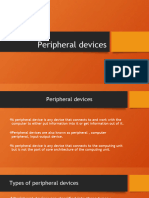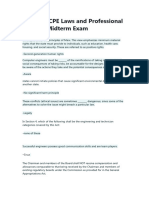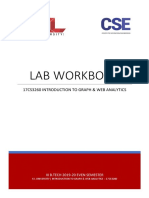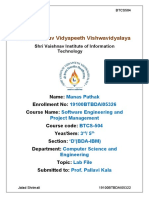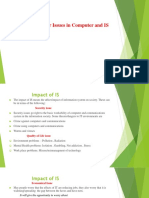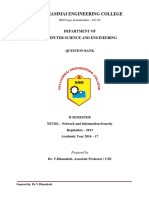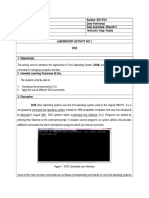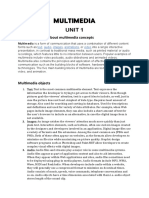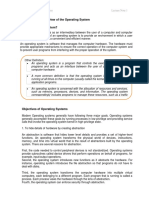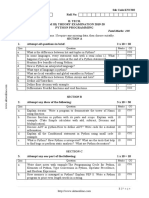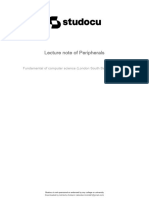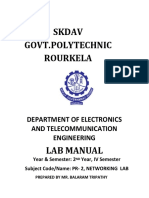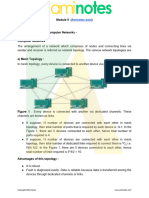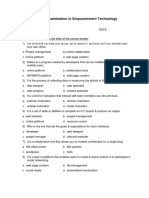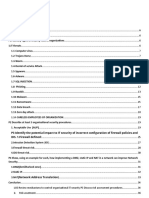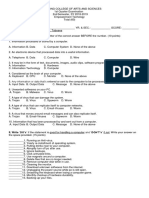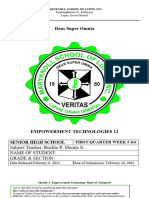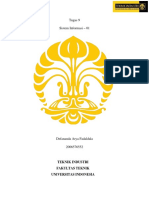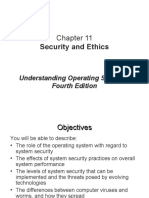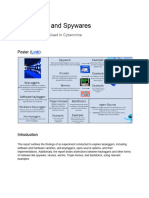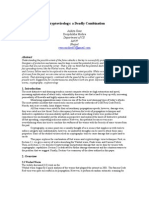0% found this document useful (0 votes)
577 views38 pagesComputer Networks Note
This document provides an overview of computer network security. It introduces the instructor and lists references on the topic. It then covers key topics in network security like security components, threats, security policy, types of malware and attacks, and security mechanisms. Brief histories of malware and cybersecurity facts are also presented. Various attacks targeting different layers of networking are defined.
Uploaded by
Simple GuptaCopyright
© © All Rights Reserved
We take content rights seriously. If you suspect this is your content, claim it here.
Available Formats
Download as PPTX, PDF, TXT or read online on Scribd
0% found this document useful (0 votes)
577 views38 pagesComputer Networks Note
This document provides an overview of computer network security. It introduces the instructor and lists references on the topic. It then covers key topics in network security like security components, threats, security policy, types of malware and attacks, and security mechanisms. Brief histories of malware and cybersecurity facts are also presented. Various attacks targeting different layers of networking are defined.
Uploaded by
Simple GuptaCopyright
© © All Rights Reserved
We take content rights seriously. If you suspect this is your content, claim it here.
Available Formats
Download as PPTX, PDF, TXT or read online on Scribd
/ 38

